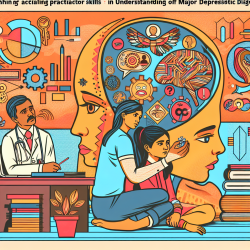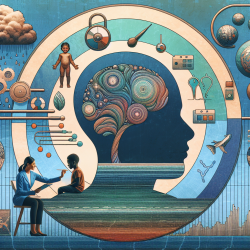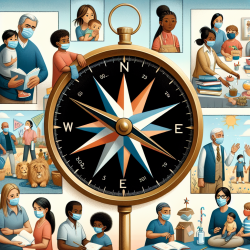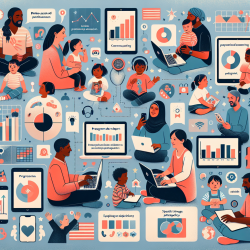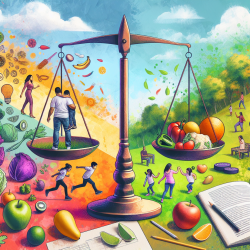In the rapidly evolving landscape of technology and artificial intelligence, the integration of human-machine teams is becoming increasingly vital. A recent research paper titled "A Quantum-like Model of Interdependence for Embodied Human–Machine Teams: Reviewing the Path to Autonomy Facing Complexity and Uncertainty" offers groundbreaking insights into how these teams can be structured for maximum efficiency and performance.
The Quantum-Like Approach
The traditional approach to team building often focuses on aggregating individual skills and attributes. However, this method has shown limited success when applied to human-machine interactions. The quantum-like model introduced in the research emphasizes interdependence, which allows for a more dynamic and adaptable team structure. This model leverages the bistability of mind and body, addressing both team structure and performance.
Interdependence as a Key Component
Interdependence is crucial in forming effective human-machine teams. It reduces the degrees of freedom within a team, allowing it to operate more cohesively. This reduction is akin to quantum entanglement, where the whole is greater than the sum of its parts. By focusing on interdependence, teams can achieve higher levels of performance and adaptability in complex environments.
Addressing Complexity and Uncertainty
The research highlights that traditional social science methods often fail to address the complexities faced by autonomous human-machine teams. In contrast, the quantum-like model provides a framework for navigating uncertainty and conflict in open systems. By understanding the complexity of task domains and leveraging interdependence, teams can better anticipate challenges and adapt accordingly.
Practical Applications for Practitioners
- Embrace Interdependence: Encourage collaboration between human and machine agents by fostering an environment where interdependence is valued.
- Focus on Team Dynamics: Shift from individual-centric approaches to team-centric strategies that leverage collective strengths.
- Nurture Adaptability: Develop systems that are flexible enough to adapt to changing environments and unexpected challenges.
- Pursue Further Research: Stay informed about advancements in quantum-like models and their applications in AI and team science.
The findings from this research pave the way for more efficient and effective human-machine teams capable of tackling complex tasks in uncertain environments. By embracing these insights, practitioners can enhance their skills and contribute to advancing this exciting field.
To read the original research paper, please follow this link: A Quantum-like Model of Interdependence for Embodied Human–Machine Teams: Reviewing the Path to Autonomy Facing Complexity and Uncertainty.





